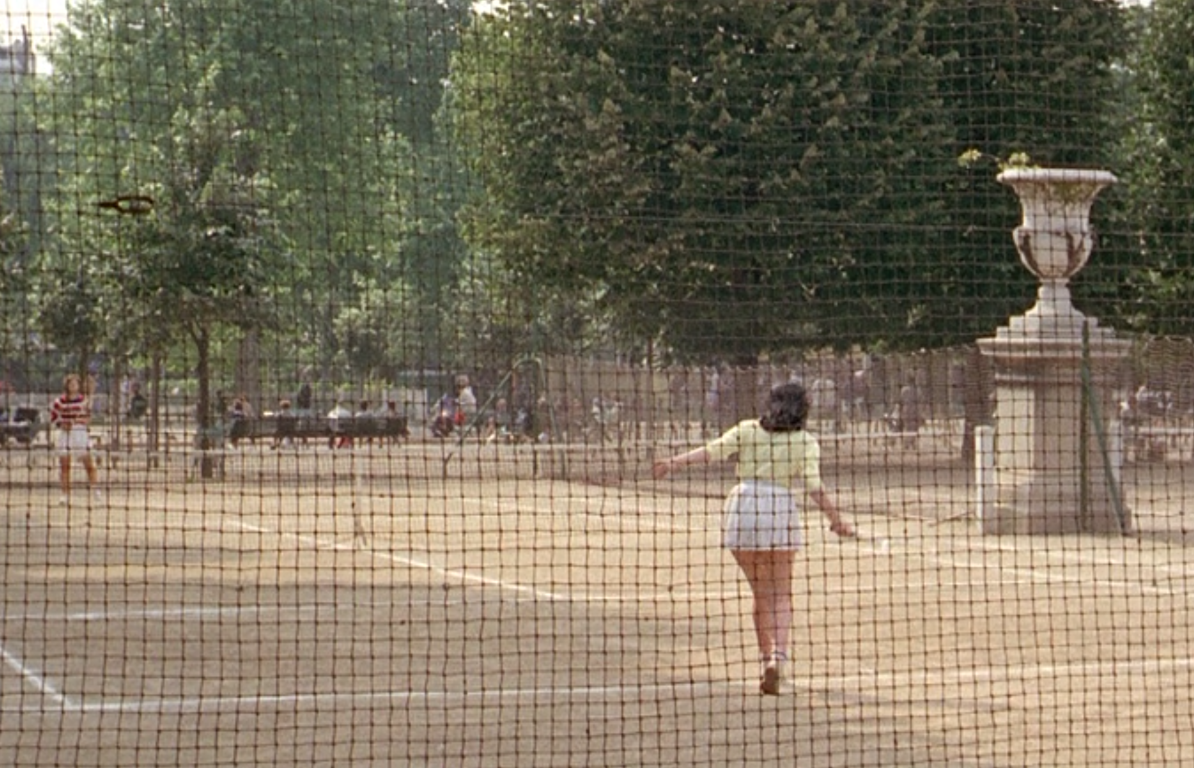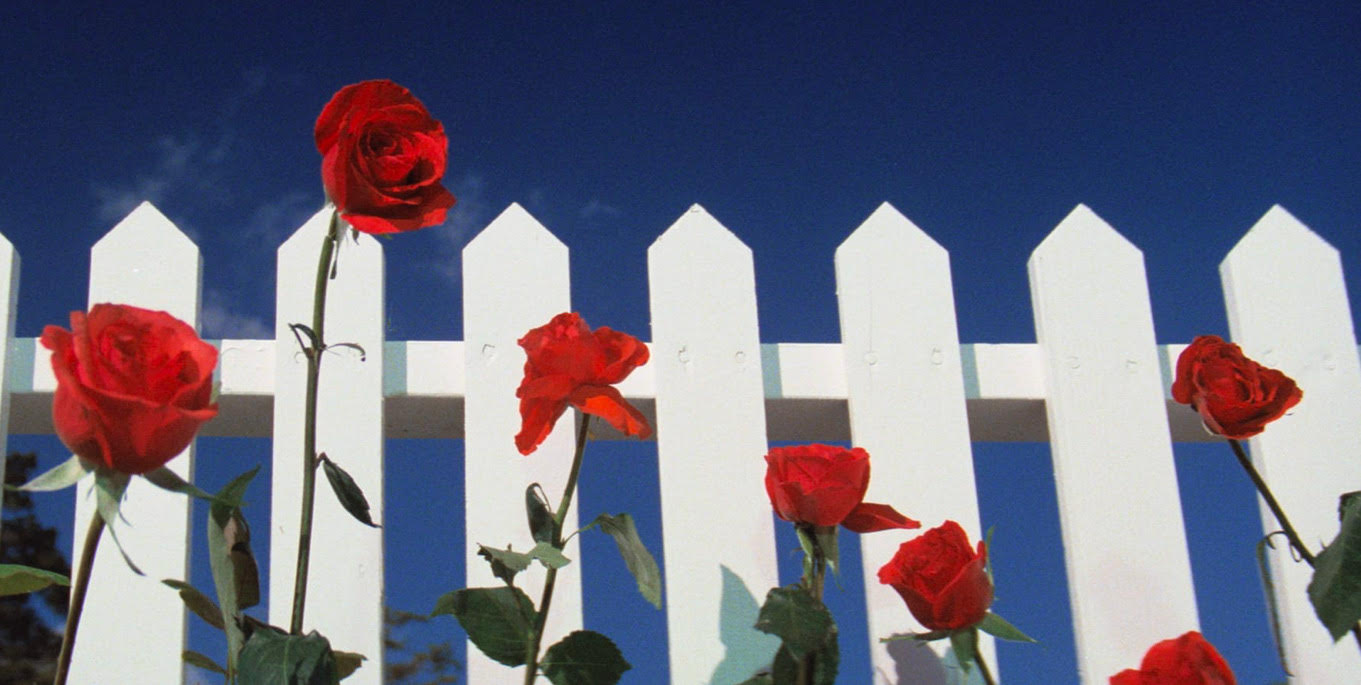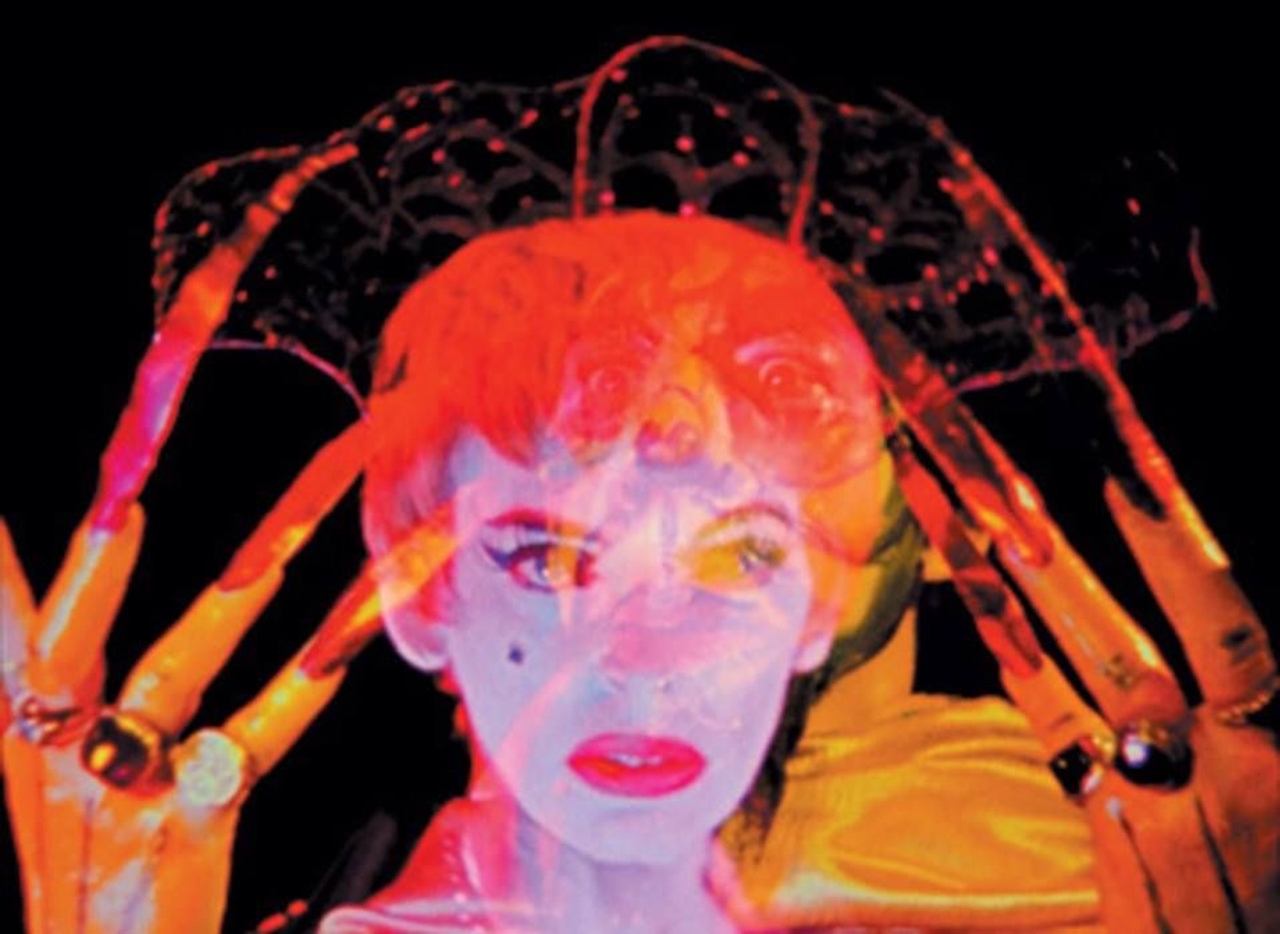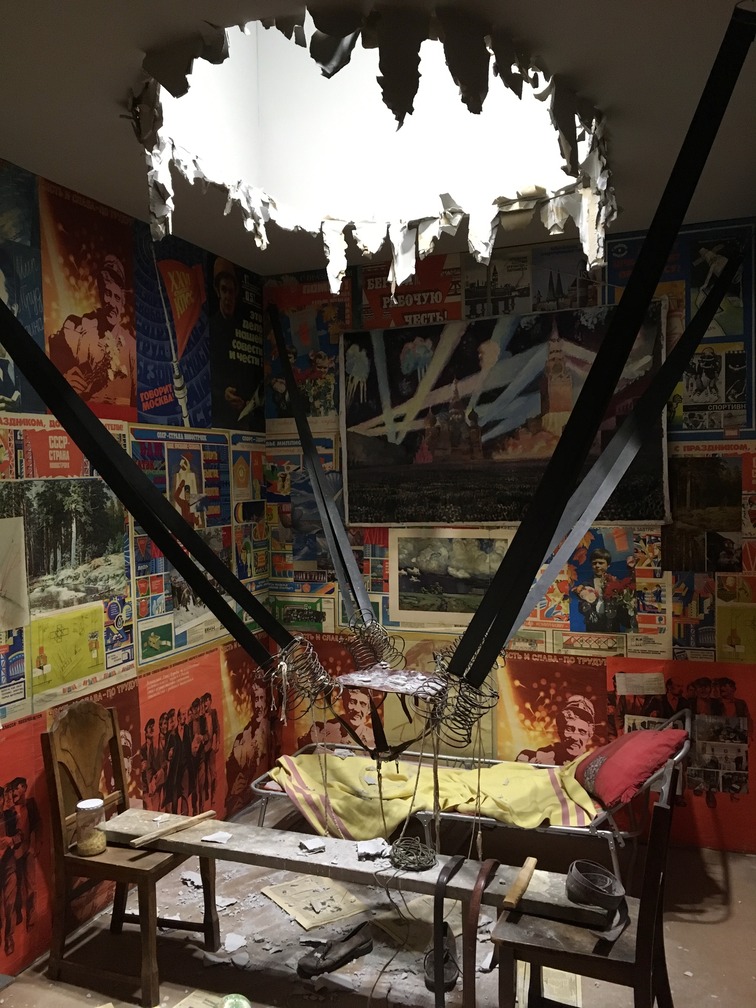
Still from Godard’s Pierrot le Fou (1965)
We know the opening sequence of Pierrot le Fou. Gradually the titles appear, letter by letter in red and then blue over a somber score by Antoine Duhamel, as reminiscent of Tristan and Isolde as of Vertigo. A voice-over displaces the music: “Velázquez, past the age of fifty, no longer painted specific objects.” Cut to a young woman playing tennis in a white skirt and yellow sweater, smiling as she hits the casual strokes of a lightly practiced beginner. First a medium shot, then cutting back to full, the scene now viewed through the gridded mesh surrounding the courts, another young woman across the net, a large marble vase on a pedestal beside it. We are in the Jardin du Luxembourg—an easy game, a bright afternoon.1
The voice-over continues:
He drifted around things like the air, like twilight, catching unawares in the shimmering shadows the nuances of color that he transformed into the invisible core of his silent symphony. Henceforth, he captured only those mysterious interpenetrations that united shape and tone by means of a secret but unceasing progression that no convulsion or cataclysm could interrupt or impede. Space reigns supreme.
The text is from Elie Faure’s Histoire de l’Art, a feast of purple prose in five volumes.
As we listen we see Jean-Paul Belmondo buying books in a gray suit and red tie, a stack of paperbacks balanced precariously on his left arm, a large children’s book in his right hand as he rotates a carousel with a free finger, picking out one last purchase under a sign that reads “LE MEILLEUR DES MONDES.” Cue the music once more, cut to a shot of the dark Seine as the night comes down, lights flickering over the water, blue/black sky dimly illuminated in the distance by a last red streak:
It’s as if some ethereal wave skimming over surfaces soaked up their visible emanations to shape them and give them form, and then spread them like a perfume, like an echo of themselves, like some impalpable dust, over every surrounding surface.
The music stops, cut to Belmondo in the bath, smoking a cigarette and holding a copy of Faure, reading aloud:
The world he lived in was a sad one: a degenerate king, sickly infantes, idiots, dwarfs, cripples, clownish freaks dressed as princes whose job it was to laugh at themselves and amuse a court that lived outside the law, caught in a web of etiquette, plots, and lies, bound by the confessional and their own remorse. Outside the gates, the auto-da-fé and silence.
He looks up, “Écoute ça petite fille.” His daughter comes over and sits beside the bath, ribbons in her braided hair, wearing a white dress with blue trim:
A spirit of nostalgia prevails, yet we see none of the ugliness or sadness, none of the gloom or cruelty of this crushed childhood. [now gesturing for emphasis] Velázquez is the painter of the evening, of open spaces and of silence, even when he paints in broad daylight or in a closed room, even with the din of battle or of the hunt in his ears. As they seldom went out during the day, when everything was drowned in the torrid sunshine, Spanish painters communed with the evening.
He turns to his daughter: “C’est beau ça, petite fille?” She nods. His wife appears in a pink dress: “You’re crazy to read her things like that.”
Why the tennis players? It’s the first shot of the film, our first look at Paris. We see the geometrical rigor of the court and the movement of bodies across it, the antiquated ornament of the vase and the women viewed through a grid reproducing the structure of the net between them as “those mysterious interpenetrations of shape and tone” are evoked, the late style of an old master finding objectless nuances of color in the shimmer of shadows. What are we looking at? An image of the bourgeoisie amusing themselves at a game the aristocracy played in the age of Velázquez? But there’s no scorn here—the tone is light and endearing, the women are as earnest as amused, concentrating on their form, practicing their strokes after a missed shot, recovering the seriousness of a child at play. “C’est beau ça, petite fille?” The referent of the question passes over from text to montage, from content to form to their fusion. The sweet humor of the sequence—the father reading playfully to his attentive daughter about the unseen gloom and cruelty of a crushed childhood—is set against the brooding darkness of the river and immersed in the foreboding grandeur of Faure’s prose, the auto-da-fé of the historical circumstances it describes. “T’es fou de lui lire des chose comme ça.” Pierrot has already received his epithet.
The sequence is itself an infinitely subtle substance, composing a material akin to the impalpable dust evoked by Faure, a synaesthetic echo of perfume. An indiscernibility of intelligence and emotion inhabits the interstices of the montage, fused by a voice-over entering the diegesis, conveyed by an exterior music. What we do not see or hear, but rather sense, is the subtle body of cinema. The form of the medium had to become free enough to let its substance become subject, to let it live and breathe. “Such is the condition of the cinematographic dialectic: one must live rather than endure. No need to kill one’s feelings to live to old age.”
Godard wrote that in his first article for Cahiers du Cinéma. There he also wrote: “It’s not the famous shot of the kitchen, amid The Magnificent Ambersons, that blows me away, but, in this atmosphere of the twilight of the gods, the little face contorted in happiness that Welles has Anne Baxter make.” Thus it is not quite form that is at issue in the cinematographic dialectic: it is the intersection of atmosphere and mood, the singular world expressed by their dissonant torsion, the composition brought into being through the negativity and the pathos of their intermingling contradictions. The end of form, its purpose, is the dialectical composition of sense. It is the dialectical sense of cinema itself that Godard both grasped and liberated.
How many of us experienced for the first time, through Godard, the force and the delicacy of that sense? How many of us who were not born into art, who had to discover somewhere the courage to take the superfluous seriously, first learned from Godard just how easy difficulty could be? Learned just how necessary is contingency? First shot: a casual game of tennis, for no reason. Last shot: eternity, perhaps; the shining of the sun upon the sea.
We all have those sequences, those juxtapositions of faces and atmospheres, that inhabit us most intimately. But it’s only when the heart really breaks that we find among its shards—fragments of images, of words, of music, of gestures, of feelings—the undivided substance of those who made us who we are.
The opening sequence is on YouTube →.


